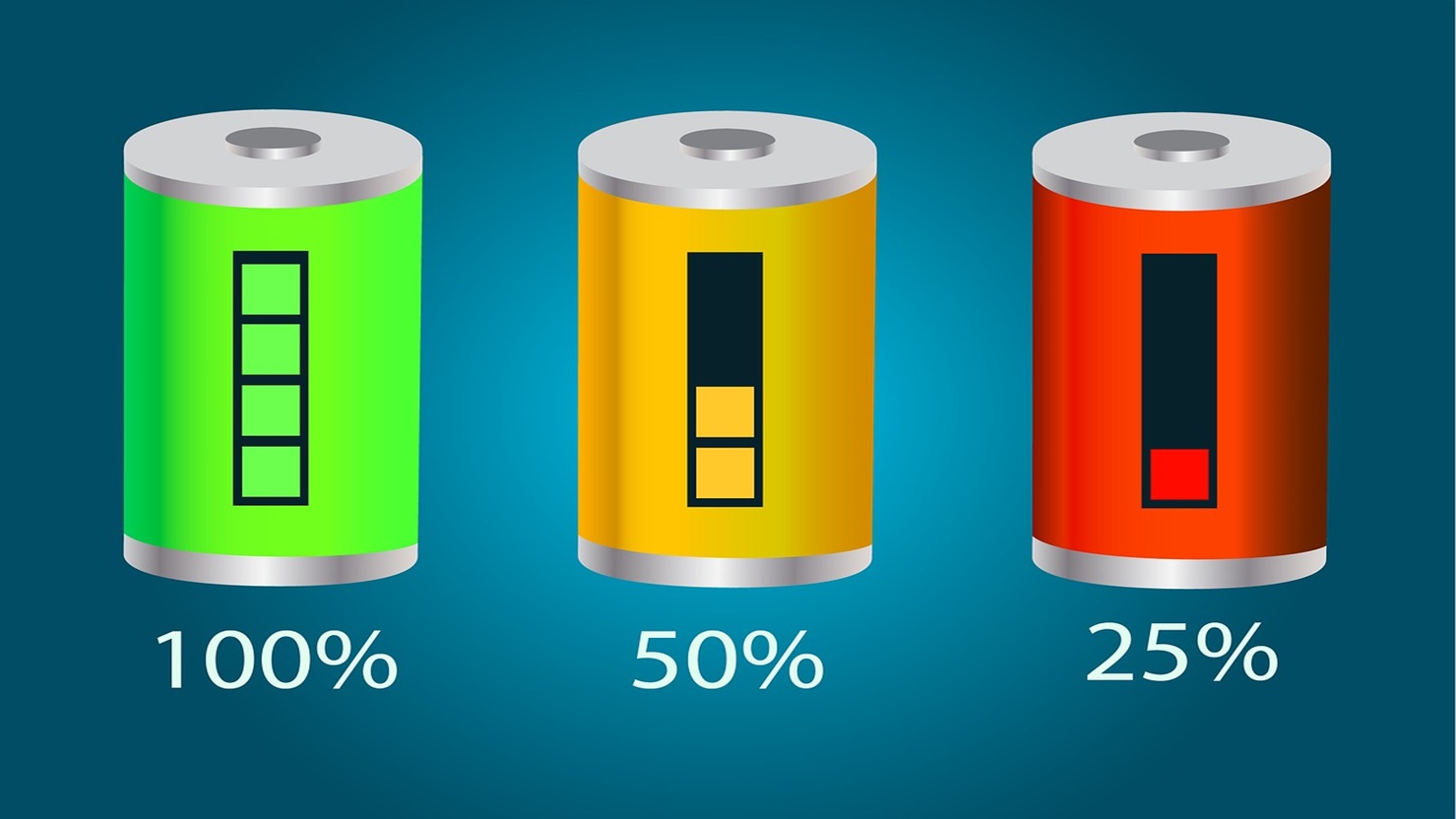In reality, two batteries labeled with the same 100Ah capacity may exhibit discharge performance differences of up to 50%. How is this possible?
The Ah label, also known as the ampacity, of a battery is measured at a specific discharge rate. An Ah label must always be accompanied by the number of discharge hours, usually 10 or 20 hours, indicated as C10 or C20.
This implies that when comparing batteries based on Ah, it's crucial to specify whether it's at a C10, C20, or C100 rate. These energy storage rates prove beneficial when evaluating performance for longer discharge applications, such as central energy backup systems or solar backup systems.
In applications with faster discharge requirements, like UPS systems, where the necessary backup energy is typically within the 15-30 minute range, the performance differences become significant, and the relevance of Ah labeling and data diminishes. Some batteries are designed to excel in prolonged discharge times but may lose a considerable amount of stored energy in short discharge applications.
So, what can be done in such cases?
Always refer to a battery's power discharge tables. Compare the discharge rate, usually given in W/cell, at three fixed parameters:
1) Discharge Period (Minutes)
2) Discharge Temperature (C)
3) Cell End Volt (V)
This approach is the correct way to compare batteries concerning the amount of energy they can provide during faster discharge times. By doing so, a more comprehensive understanding of a battery's performance in various applications can be obtained, facilitating informed decision-making.
If you're interested in learning more about our solar energy storage offerings, we encourage you to explore our product line. We offer a range of panels and battery that are designed for various applications and budgets, so you're sure to find the right solution for your needs.
Website:www.fgreenpv.com
Email:Info@fgreenpv.com
WhatsApp:+86 17311228539
Post time: Dec-06-2023













